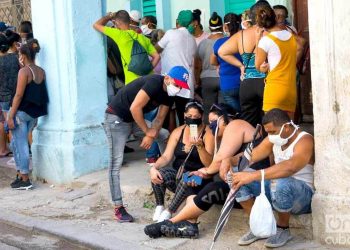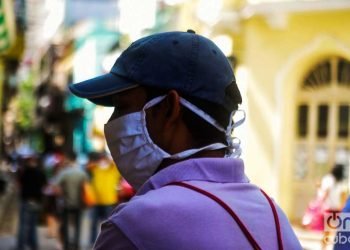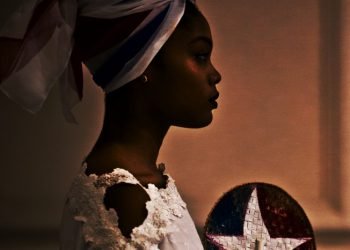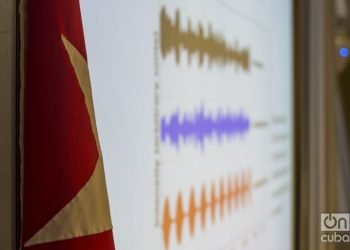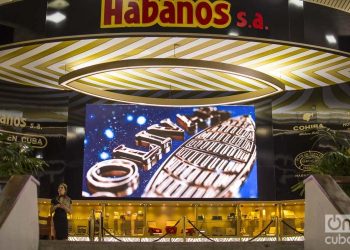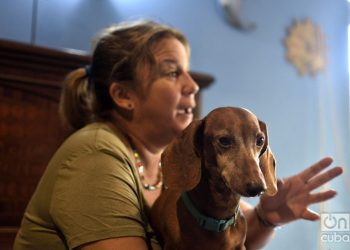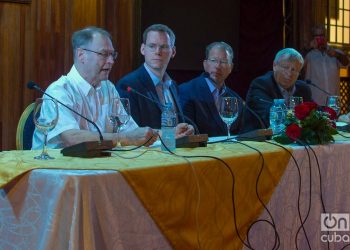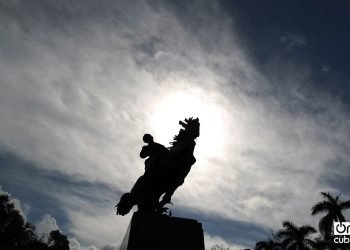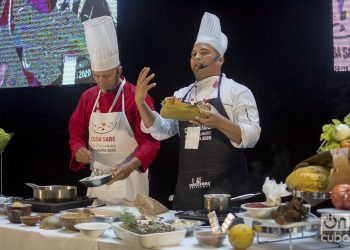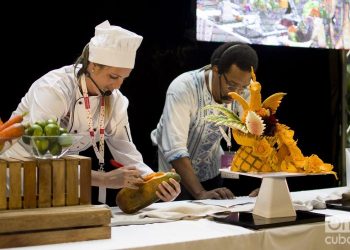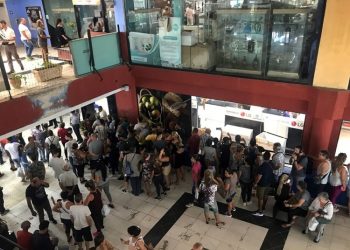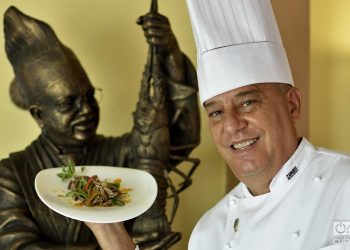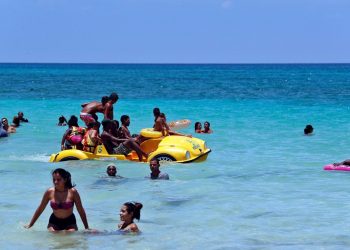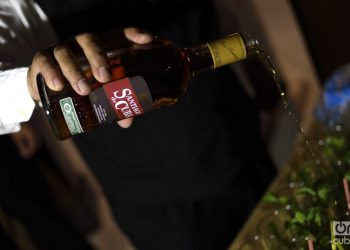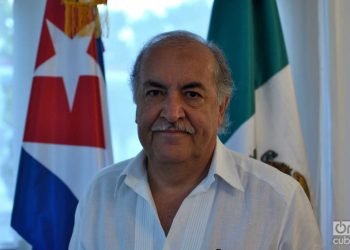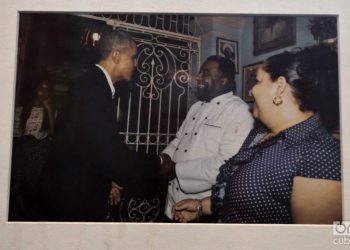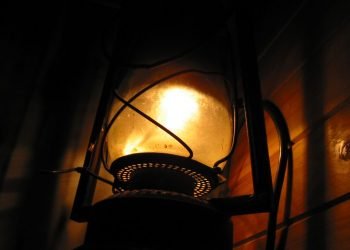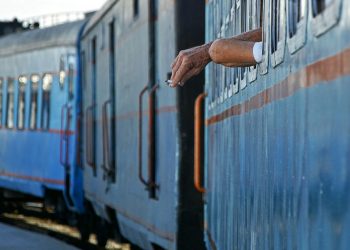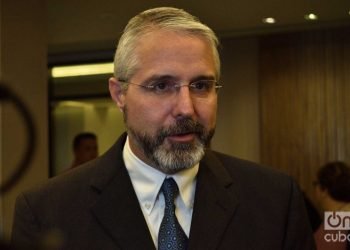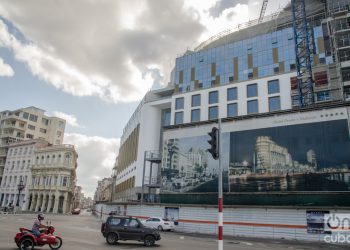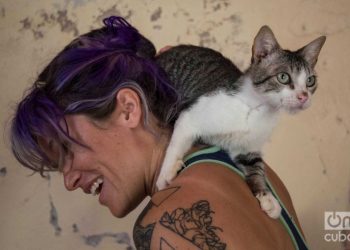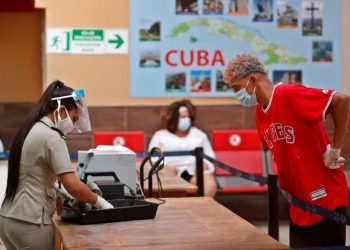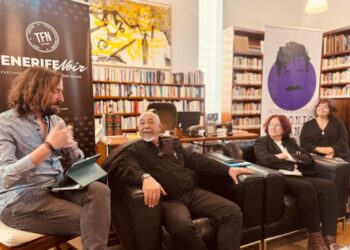Risk perception
The perception of risk, I read in a synthetic scientific definition as a result of the COVID-19 pandemic, is “a subjective assessment of the probability of having an accident or a disease.” The key concept here is “subjective assessment,” that is, what each one interprets, analyzes, thinks on the matter; but that subjectivity, it is already known, is separated by many objectivities. Or by one, which contains the others: life itself. A line is objective. Having the fridge empty, too. The refrigerator is never “subjectively” full or empty: it either has chicken or it doesn’t; or it has mincemeat, hotdogs, eggs, sausage or―a miracle―meat, or it doesn’t have them. Yolanda is a big mulatto woman, one might say plump, who paces from one side of the line to the other, controlling, putting order, imposing her character even behind her facemask. No one chose her for that, she decided to do it herself. And she carries out his task with the discipline of a Tibetan monk, although not with his silence and restraint. People acknowledge her will, they abide by it, although from time to time someone questions it, their spirits rise, and the whole delicate balance of the line is...


